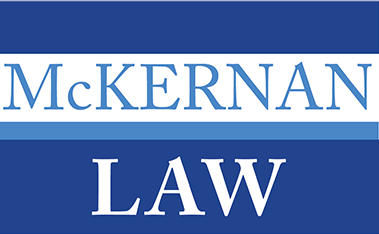DOL – ISSUES NEW INDEPENDENT CONTRACTOR RULE
The U.S. Department of Labor (DOL) has issued its anticipated proposed rule to clarify who is an independent contractor under the federal Fair Labor Standards Act (FLSA).
Under the current 2021 rule, two “core factors,” those being control over the work and opportunity for profit or loss, carried greater weight than “non-core factors” in determining the status of independent contractors. The 2021 rule, which remains in effect until the proposed rule can be finalized, made it easier for employers to classify workers as independent contractors rather than employees.
Under the new proposed rule, employers would use a totality-of-the-circumstances test that considers multiple factors of the working relationship to determine whether a worker is truly in business for themselves. In addition to the ability to control the work and the opportunity for profit or loss, other factors to be considered under the “economic realities” test include:
The amount of skill required for the work
The degree of permanence of the working relationship
The worker's investment in equipment or materials required for the task
The extent to which the service rendered is an integral part of the employer's business.
The proposed language directs employers to consider exclusivity as a consideration under the permanency factor but acknowledges that having multiple jobs does not weigh in favor of independent contractor status. As a result, this rule could classify Uber drivers and other similar gig workers as employees, requiring their employers to pay a minimum wage, overtime pay, and other benefits under the FLSA.
This document is designed for general information only. The information presented on this document should not be construed to be formal legal or tax advice nor the formation of a lawyer/client relationship.
For more information on this and other topics, please contact Kevin via any of the channels listed below: 📧kevin@kmckernan.com or 📞718-317-5007
